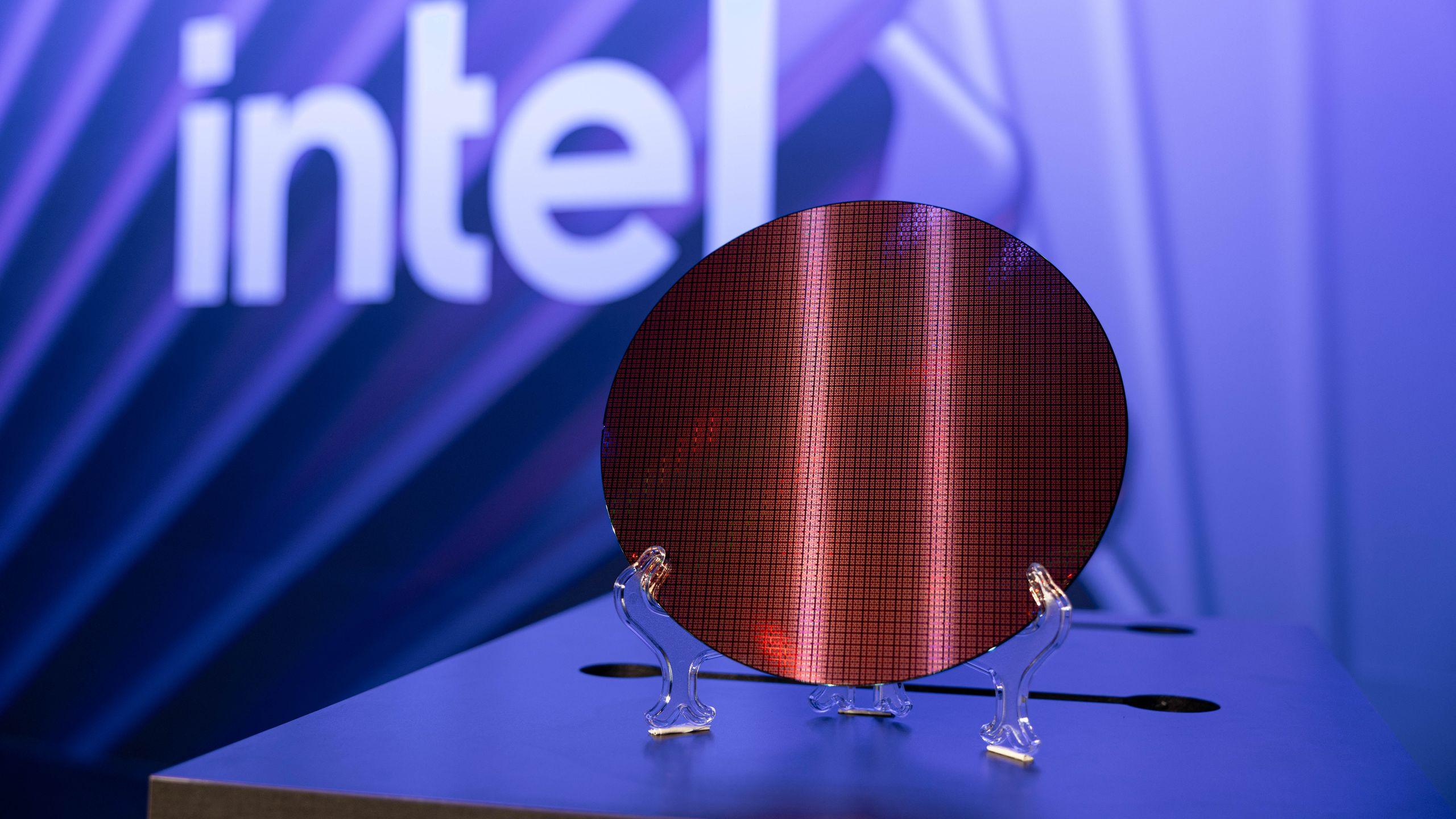- Crescent Island’s 160GB LPDDR5X Configuration Reflects Cost-Conscious Engineering Strategy
- Air-cooled deployment targets practical enterprise data center environments globally
- Xe3P architecture connects Crescent Island design to Intel’s broader GPU ecosystem
Intel has unveiled its latest data center GPU, named Crescent Island, designed primarily for AI inference workloads.
This chip targets value-conscious businesses that prioritize efficiency, cost, and compatibility with standard air-cooled data center environments.
Crescent Island is part of Intel’s efforts to strengthen its presence in server AI acceleration without directly competing with Nvidia’s flagship solutions.
Focus on inference and efficiency
The GPU, scheduled for sampling in the second half of 2026, will use the Xe3P architecture, a refinement of the Xe3 design found in upcoming Panther Lake processors.
Crescent Island supports 160 GB of LPDDR5X memory, a configuration rarely seen in data center accelerators.
This configuration likely involves 20 individual LPDDR5X chips, suggesting either a single GPU with a 640-bit memory interface or a dual-GPU design, each with its own 320-bit bus.
Intel’s choice of LPDDR5X over traditional GDDR6 or HBM memory reflects its focus on cost efficiency and reducing power consumption.
However, this design has compromises. LPDDR5X cannot operate in butterfly mode like GDDR6 or GDDR7, which limits how efficiently the memory can interface with the GPU.
This configuration can provide sufficient bandwidth for inference tasks, but it may not match the throughput of GPUs optimized for training.
Intel describes Crescent Island as “power and cost optimized”, clearly showing the focus on practicality over record-breaking performance.
This inference-only approach means the GPU is designed to efficiently run pre-trained models rather than training them from scratch.
Crescent Island continues Intel’s ongoing efforts to establish a credible alternative to Nvidia and AMD in AI hardware.
By using a scalable Xe3P architecture sharing the lineage of the company’s best laptop GPUs, Intel could simplify manufacturing and development across all product lines.
The architecture also supports a wide range of data types, a feature that could appeal to data center operators deploying various inference models.
Intel has yet to release detailed performance numbers, leaving questions about how Crescent Island compares to competing inference GPUs.
For now, Crescent Island appears to be a practical choice for enterprise data centers, balancing memory, efficiency and cost instead of directly competing with leading AI accelerators.
Via Tom’s material
Follow TechRadar on Google News And add us as your favorite source to get our news, reviews and expert opinions in your feeds. Make sure to click the Follow button!
And of course you can too follow TechRadar on TikTok for news, reviews, unboxings in video form and receive regular updates from us on WhatsApp Also.




